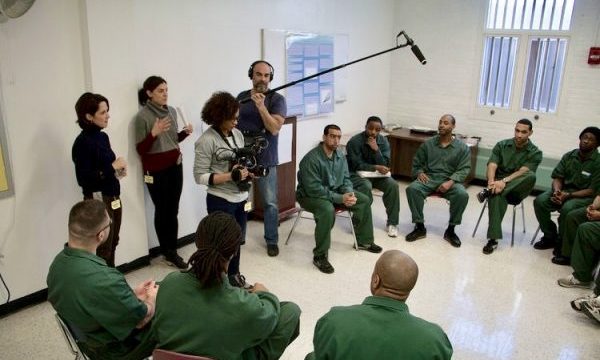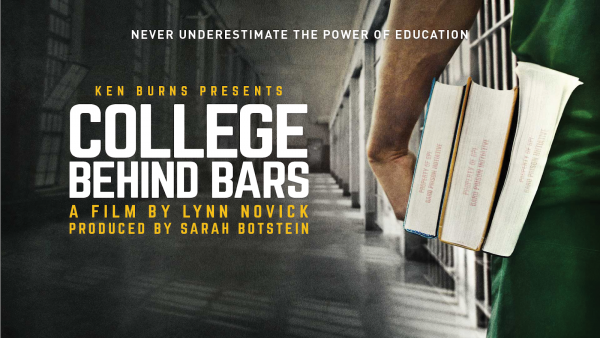The comedian Bill Burr has said he refuses to call into automated customer service lines for fear that, years later on his death bed, all he’ll be able to think about are the moments he wasted dealing with chatbots.
Indeed, the frustrating experience of trying to complete even the most straightforward task through an automated customer service line is enough to make anyone question the purpose of life.
Now the startup Posh is trying to make conversations with chatbots more natural and less maddening. It’s accomplishing this with an artificial intelligence-powered system that uses “conversational memory” to help users complete tasks.
“We noticed bots in general would take what the user said at face value, without connecting the dots of what was said before in the conversation,” says Posh co-founder and CEO Karan Kashyap ’17, SM ’17. “If you think about your conversations with humans, especially in places like banks with tellers or in customer service, what you said in the past is very important, so we focused on making bots more humanlike by giving them the ability to remember historical information in a conversation.”
Posh’s chatbots are currently used by over a dozen credit unions across voice- and text-based channels. The well-defined customer base has allowed the company to train its system on only the most relevant data, improving performance.
The founders plan to gradually partner with companies in other sectors to gather industry-specific data and expand the use of their system without compromising performance. Down the line, Kashyap and Posh co-founder and CTO Matt McEachern ’17, SM ’18 plan to provide their chatbots as a platform for developers to build on.
The expansion plans should attract businesses in a variety of sectors: Kashyap says some credit unions have successfully resolved more than 90 percent of customer calls with Posh’s platform. The company’s expansion may also help alleviate the mind-numbing experience of calling into traditional customer service lines.
“When we deploy our telephone product, there’s no notion of ‘Press one or press two,’” Kashyap explains. “There’s no dial tone menu. We just say, ‘Welcome to whatever credit union, how can I help you today?’ In a few words, you let us know. We prompt users to describe their problems via natural speech instead of waiting for menu options to be read out.”
Bootstrapping better bots
Kashyap and McEachern became friends while pursuing their degrees in MIT’s Department of Electrical Engineering and Computer Science. They also worked together in the same research lab at the Computer Science and Artificial Intelligence Laboratory (CSAIL).
But their relationship quickly grew outside of MIT. In 2016, the students began software consulting, in part designing chatbots for companies to handle customer inquiries around medical devices, flight booking, personal fitness, and more. Kashyap says they used their time consulting to learn about and take business risks.
“That was a great learning experience, because we got real-world experience in designing these bots using the tools that were available,” Kashyap says. “We saw the market need for a bot platform and for better bot experiences.”
From the start, the founders executed a lean business strategy that made it clear the engineering undergrads were thinking long term. Upon graduation, the founders used their savings from consulting to fund Posh’s early operations, giving themselves salaries and even hiring some contacts from MIT.
It also helped that they were accepted into the delta v accelerator, run by the Martin Trust Center for MIT Entrepreneurship, which gave them a summer of guidance and free rent. Following delta v, Posh was accepted into the DCU Fintech Innovation Center, connecting it with one of the largest credit unions in the country and netting the company another 12 months of free rent.
With DCU serving as a pilot customer, the founders got a “crash course” in the credit union industry, Kashyap says. From there they began a calculated expansion to ensure they didn’t grow faster than Posh’s revenue allowed, freeing them from having to raise venture capital.
The disciplined growth strategy at times forced Posh to get creative. Last year, as the founders were looking to build out new features and grow their team, they secured about $1.5 million in prepayments from eight credit unions in exchange for discounts on their service along with a peer-driven profit-sharing incentive. In total, the company has raised $2.5 million using that strategy.
Now on more secure financial footing, the founders are poised to accelerate Posh’s growth.
Pushing the boundaries
Even referring to today’s automated messaging platforms as chatbots seems generous. Most of the ones on the market today are only designed to understand what a user is asking for, something known as intent recognition.
The result is that many of the virtual agents in our lives, from the robotic telecom operator to Amazon’s Alexa to the remote control, take directions but struggle to hold a conversation. Posh’s chatbots go beyond intent recognition, using what Kashyap calls context understanding to figure out what users are saying based on the history of the conversation. The founders have a patent pending for the approach.
“[Context understanding] allows us to more intelligently understand user inputs and handle things like changes in topics without having the bots break,” Kashyap says. “One of our biggest pet peeves was, in order to have a successful interaction with a bot, you as a user have to be very unnatural sometimes to convey what you want to convey or the bot won’t understand you.”
Kashyap says context understanding is a lot easier to accomplish when designing bots for specific industries. That’s why Posh’s founders decided to start by focusing on credit unions.
“The platforms on the market today are almost spreading themselves too thin to make a deep impact in a particular vertical,” Kashyap says. “If you have banks and telecos and health care companies all using the same [chatbot] service, it’s as if they’re all sharing the same customer service rep. It’s difficult to have one person trained across all of these domains meaningfully.”
To onboard a new credit union, Posh uses the customer’s conversational data to train its deep learning model.
“The bots continue to train even after they go live and have actual conversations,” Kashyap says. “We’re always improving it; I don’t think we’ll ever deploy a bot and say it’s done.”
Customers can use Posh’s bots for online chats, voice calls, SMS messaging, and through third party channels like Slack, WhatsApp, and Amazon Echo. Posh also offers an analytics platform to help customers analyze what users are calling about.
For now, Kashyap says he’s focused on quadrupling the number of credit unions using Posh over the next year. Then again, the founders’ have never let short term business goals cloud their larger vision for the company.
“Our perspective has always been that [the robot assistant] Jarvis from ‘Iron Man’ and the AI from the movie ‘Her’ are going to be reality sometime soon,” Kashyap says. “Someone has to pioneer the ability for bots to have contextual awareness and memory persistence. I think there’s a lot more that needs to go into bots overall, but we felt by pushing the boundaries a little bit, we’d succeed where other bots would fail, and ultimately people would like to use our bots more than others.”
from MIT News https://ift.tt/34IUYPg
via















